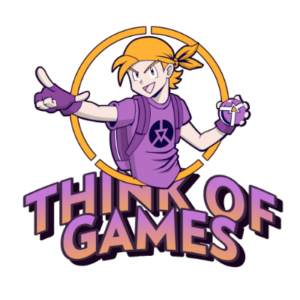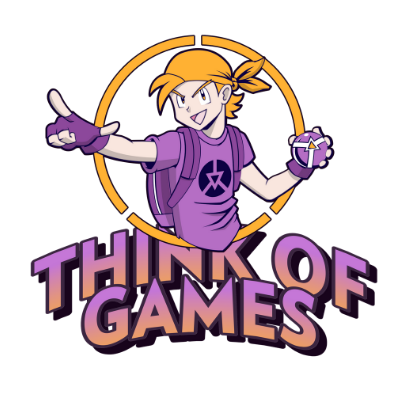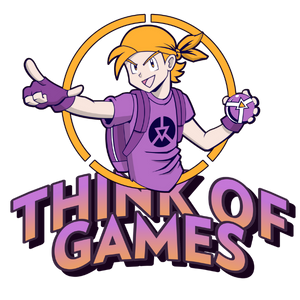In an era dominated by instant gratification, video games have become part of the same hyper-stimulated feedback loop that governs much of digital life. Modern titles often prioritize speed: fast combat, quick rewards, and immediate satisfaction. But in the rush to keep players “engaged,” something vital is lost—depth, emotional connection, and meaning.
The “slow burn” approach, which has often been dismissed as outdated or risky, is gradually being recognised as a potential antidote. Game designers and developers are moving away from the notion that instant gratification is one of the main ingredients of a good game. In fact, this rule is applicable to all game genres – even the seemingly simplistic (and often underestimated) instant play casino games. Yes, as much as it may be surprising, even slots can have very intricate storylines that master the art of the slow burn. A deliberate pace isn’t just a stylistic choice; it’s a storytelling device, a method for encouraging emotional investment, and a way to create unforgettable experiences.
The Cost of Instant Gratification
Today’s players are accustomed to content served up fast and frequently. Loot boxes, daily log-ins, and skill unlocks are delivered in rapid-fire succession to maximize retention metrics. But this model can be hollow as systems designed to reward constantly may undermine long-term enjoyment by prioritizing compulsion over connection.
Mobile games, in particular, have capitalized on this trend. According to a 2023 report by Sensor Tower, the highest-grossing mobile games often employ psychological techniques that mimic gambling behavior- dopamine hits without any real depth. When every moment is a high point, nothing truly stands out rewards, quick wins, and dopamine hits at every turn.
With that being said, there is a growing realization that meaning—true, lasting, emotional meaning—takes time to build. This realization is influencing not only narrative-driven epics but even genres traditionally defined by speed and simplicity.
The Slow Burn: What It Really Means
Deliberate pacing in game design doesn’t mean withholding joy—it means building anticipation and fostering a journey that players will remember. Games like Journey, The Last of Us, and Disco Elysium utilize slow pacing to build atmosphere, develop character depth, and leave emotional imprints.
Here’s how the slow burn works:
- Tension Through Timing: Letting narrative and world elements unfold slowly builds suspense and makes climactic moments hit harder.
- Investment Through Backstory: Drip-feeding information about characters and environments deepens the player’s emotional bonds.
- Reward Through Patience: Waiting for powerful abilities or major plot twists makes them more satisfying when they arrive.
This mirrors research in psychology: delayed gratification increases appreciation. A 1972 Stanford study(Mischel et al.), more commonly referred to as the Marshmallow Experiment, famously demonstrated that people who learned to delay rewards exhibited more control and achieved better long-term outcomes. Why should games be any different?
When Games Rush: Where Things Go Wrong
Under pressure to deliver instant engagement, many developers fall into the trap of thinking that more stimulation automatically means more fun. But this approach often backfires. When a game bombards players with too much information too quickly, it can become overwhelming, leaving them disengaged rather than curious. Similarly, offering up powerful tools or major plot twists too early flattens the emotional arc, robbing the game of meaningful progression.

Constant, high-stakes action may seem thrilling at first, but it can lead to narrative fatigue, where even the most dramatic moments lose their impact.
Implementing the Slow Burn: Practical Strategies
So, how can developers embrace slower pacing without alienating players?
- Subtle Storytelling Over Spoon Feeding: Use environmental cues, dialogue, and audio design to reveal the world organically. Let players discover rather than be told.
- Rewarding Exploration: Encourage exploration and engagment with lore, secrets, and character development—not just loot.
Measured Progression: Space out new abilities, weapons, and plot points to give players a sense of growth over time.
Studios like FromSoftware (Dark Souls, Bloodborne) and Campo Santo (Firewatch) exemplify this. They trust players to engage deeply without being spoon-fed.
Deeper Lessons from the Slow Burn Approach
Beyond mechanics, the slow burn is a philosophical stance. It suggests that some things like beauty, truth, and meaning, require time, effort and attention to be fully appreciated.
Games are a powerful mirror to life. If we constantly race through them, we risk training ourselves to do the same in reality. But if a game teaches us to pause, observe, and reflect, it offers more than entertainment, it offers insight.Slower games help cultivate patience, empathy, and introspection. They give space for thought and emotion, traits often lacking in today’s fast-paced media.
A Challenge to the Industry: Embrace the Slow Burn
In essence, modern game developers don’t just have an opportunity here, but a responsibility, to reshape public expectations. So, instead of chasing trends or bowing to short attention spans, they need to provide players with richer gaming experiences. It is essential that the developers start trusting the audience to stick around for the journey, not just the fireworks.

Similarly, it is hoped that players will continue to take their time, support the titles that provide depth rather than a mere spectacle. After all, the most powerful stories are the ones we live with, not rush through.


















